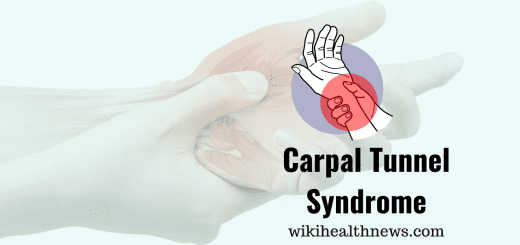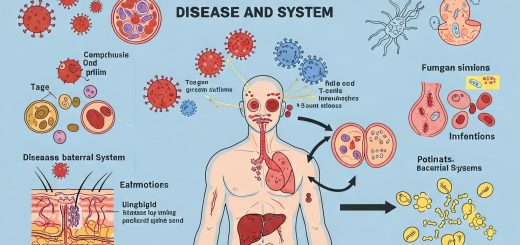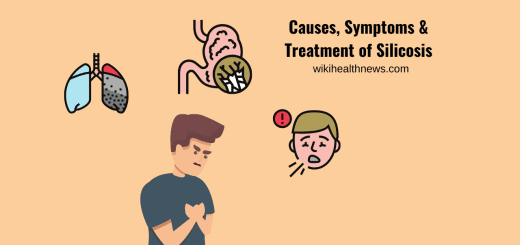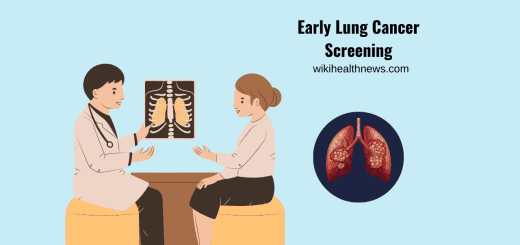DIETARY FIBRES : HEALTHY DIET

DIETARY FIBER / ROUGHAGE
1.What is Dietary fiber or roughage ?
Dietary fiber or roughage is the indigestible portion of food derived from plants.
2.What are the foods rich in Dietary fiber?
Foods rich in fibers: fruits, vegetables and grains.
3.What are the components of dietary fiber?
Dietary fiber has two main components:
- Soluble fiber- which dissolves in water
- Insoluble fiber – which does not dissolve in water
4.What is the role of soluble fibers in Roughage?
- Soluble fiber is readily fermented in the colon into gases and physiologically active by-products, and can be prebiotic and viscous.
- This delays gastric emptying which, in humans and gives feeling of fullness.
5.How insoluble fiber of dietary fiber helps our health?
Insoluble fiber is metabolically inert and provides bulking, or it can be fermented in the large intestine. Bulking fibers absorb water as they move through the digestive system, easing defecation.
6.Does dietary fiber affect digestion of other foods?
Dietary fibers can act by changing the nature of the contents of the gastrointestinal tract and by changing how other nutrients and chemicals are absorbed.
7.What are dietary fibers?
Dietary fiber consists of non-starch polysaccharides and other plant components such as cellulose, resistant starch, resistant dextrins, inulin, lignins, chitins, pectins, beta-glucans, and oligosaccharides.
8.What are the advantages of consuming dietary fibers?
Advantages of consuming fiber depend upon which type of fiber is consumed .
Bulking fibers – such as cellulose, hemicellulose and psyllium – absorb and hold water, promoting regularity.
Viscous fibers – such as beta-glucan and psyllium – thicken the fecal mass.
Fermentable fibers – such as resistant starch and inulin – feed the bacteria and microbiota of the large intestine, and are metabolized to yield short-chain fatty acids, which have diverse roles in gastrointestinal health.
9.What are the foods containing soluble fibers ?
Soluble fiber is found in plant foods, including:
- Legumes (peas, soybeans, other beans)
- Oats , rye , and barley
- Fruits – figs, avocados, plums, prunes, berries, ripe bananas, and the skin of apples, pears.
- Vegetables such as broccoli, carrots,
- Root tubers and root vegetables such as sweet potatoes and onions (skins of these are sources of insoluble fiber also
- Nuts- almonds has the highest quantity of dietary fiber
What are the foods containing insoluble fibers?
Sources of insoluble fiber include:
- whole grain foods
- wheat and corn bran
- legumes such as beans and peas
- nuts and seeds
- potato skins
- vegetables such as green beans, cauliflower, zucchini (courgette), celery.
- some fruits including avocado, and unripe bananas
- the skins of some fruits, including kiwifruit, grapes and tomatoes.
How dietary fibre helps to control or reduce cholesterol levels?
Following actions of dietary fibres helps to reduce cholesterol level –
- Bile acids is trapped within the lumen of the ileum either because of a high luminal viscosity or because of binding to a dietary fiber.
- The enterohepatic circulation of bile acids is altered.
- Water-soluble form, bile acids e.g., deoxycholic and lithocholic are adsorbed to dietary fiber and an increased fecal loss of sterols, dependent in part on the amount and type of fiber.
- A further factor is an increase in the bacterial mass and activity of the ileum as some fibers e.g., pectin are digested by bacteria. The bacterial mass increases and cecal bacterial activity increases.
- The enteric loss of bile acids results in increased synthesis of bile acids from cholesterol which in turn reduces body cholesterol.
How dietary fiber helps to reduce weight ?
Dietary fiber has many functions in diet, one of which may be to aid in energy intake control and reduced risk for development of obesity.
The role of dietary fiber in energy intake regulation and obesity development is related to its unique physical and chemical properties that aid in early signals of satiation and enhanced or prolonged signals of satiety.
What is the Current recommendations for dietary fiber intake?
Current recommendations from the United States National Academy of Sciences, Institute of Medicine, state that for Adequate Intake, adult men ages 14–50 consume 38 grams of dietary fiber per day, men 51 and older 30 grams, women ages 19–50 to consume 25 grams per day, women 51 and older 21 grams.
What are the Health benefits of dietary fiber?
Diets naturally high in fiber helps –
- Increases fecal bulk and helps prevent constipation by decreasing fecal transit time in the large intestine
- Reduces blood pressure
- Improves gastrointestinal health
- Improves glucose tolerance and the insulin response following a meal
- Increases colonic fermentation and short-chain fatty acid production
- Positively modulates colonic microflora
- Reduces hyperlipidemia, hypertension, and other coronary heart disease risk factors
- Reduces the risk of developing some cancers, particularly colon cancer
- Increases satiety and hence some degree of weight management











